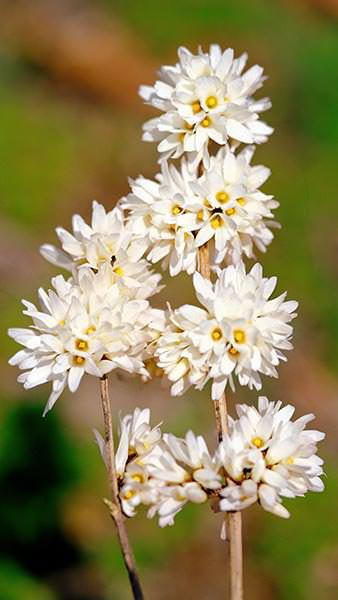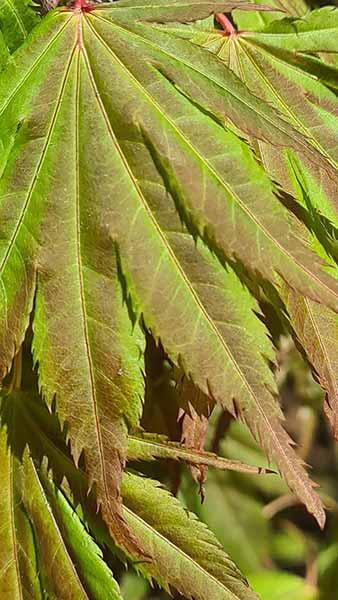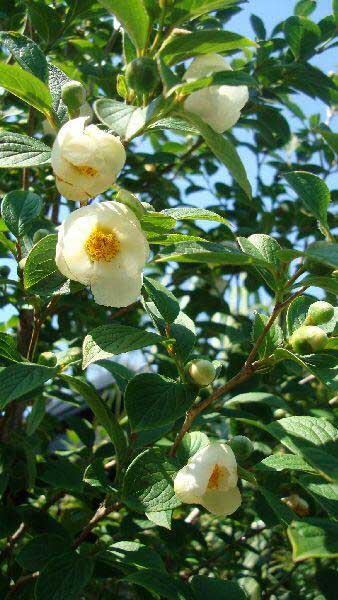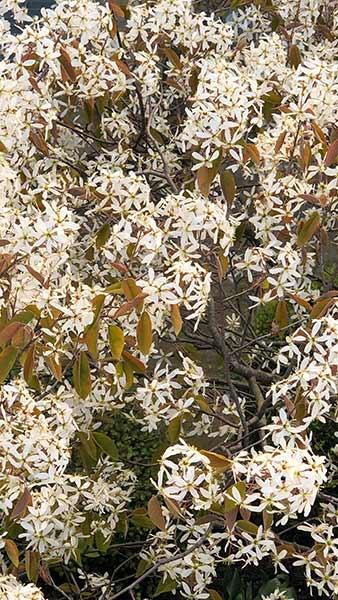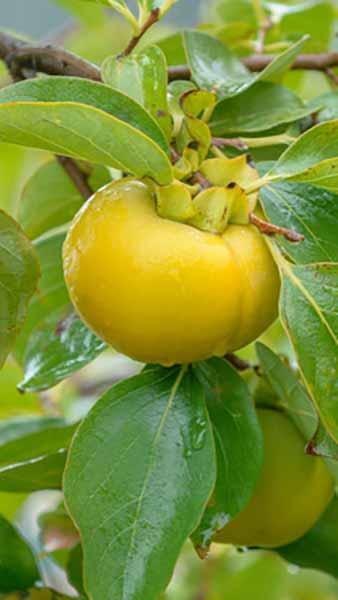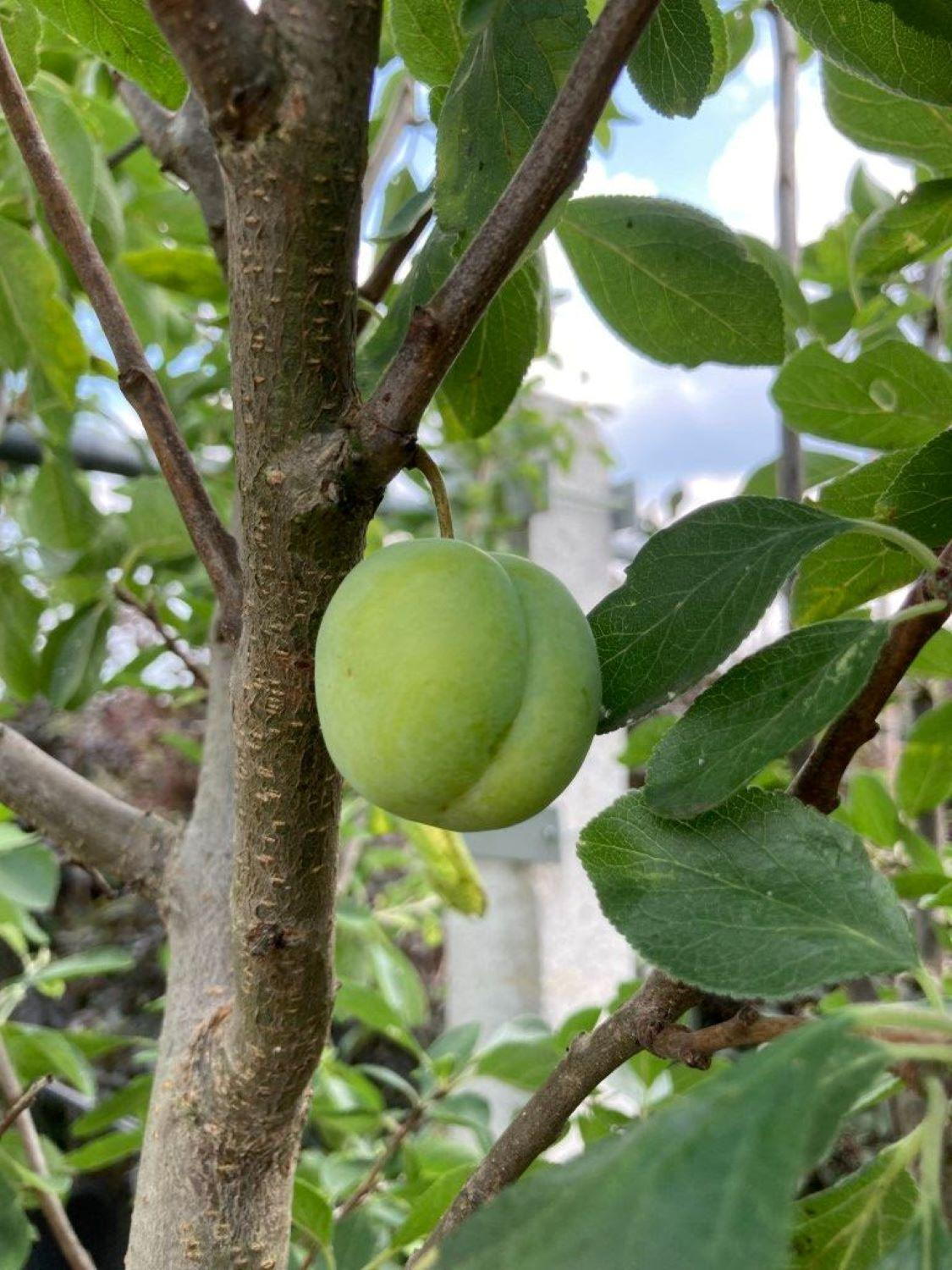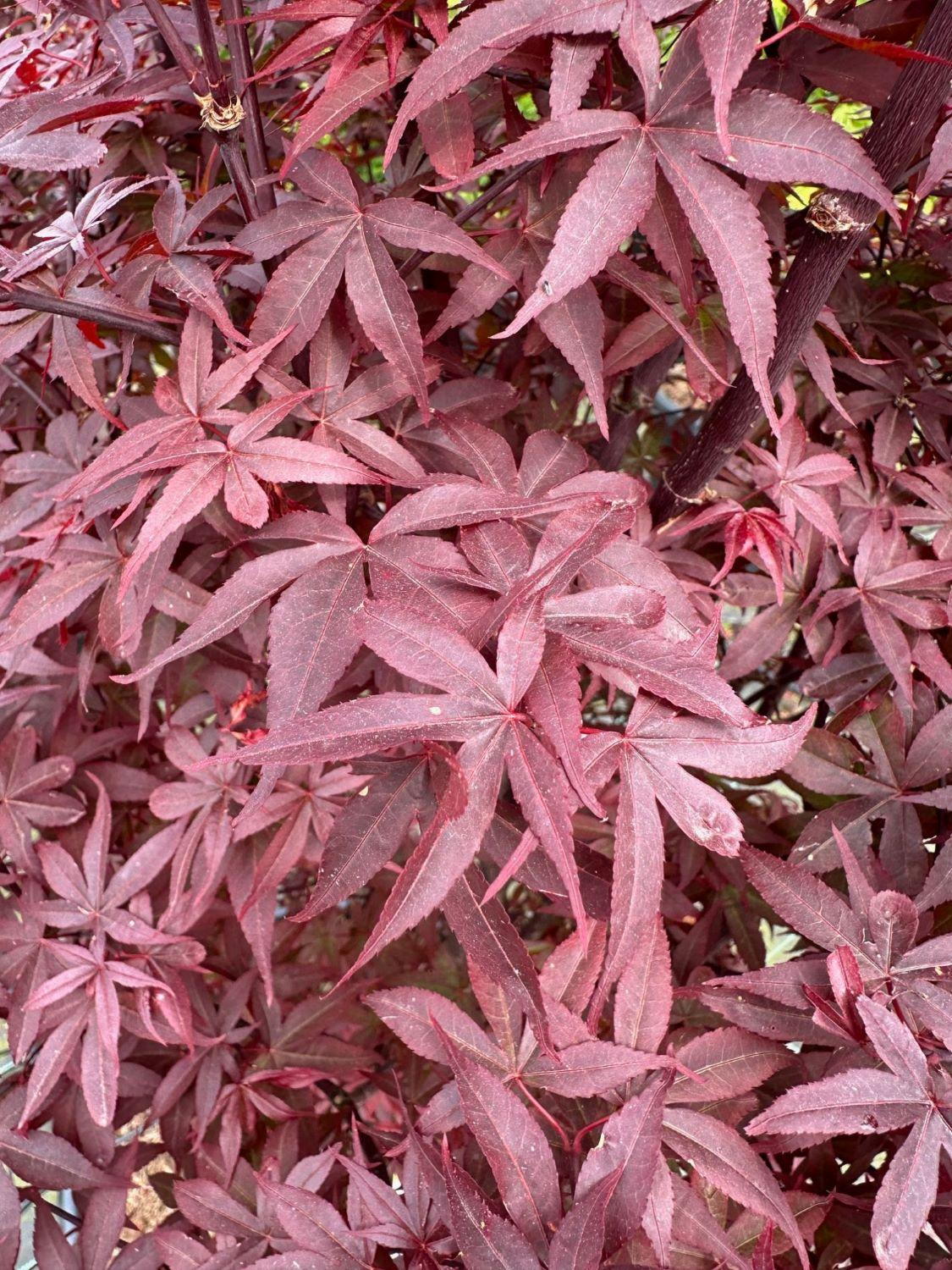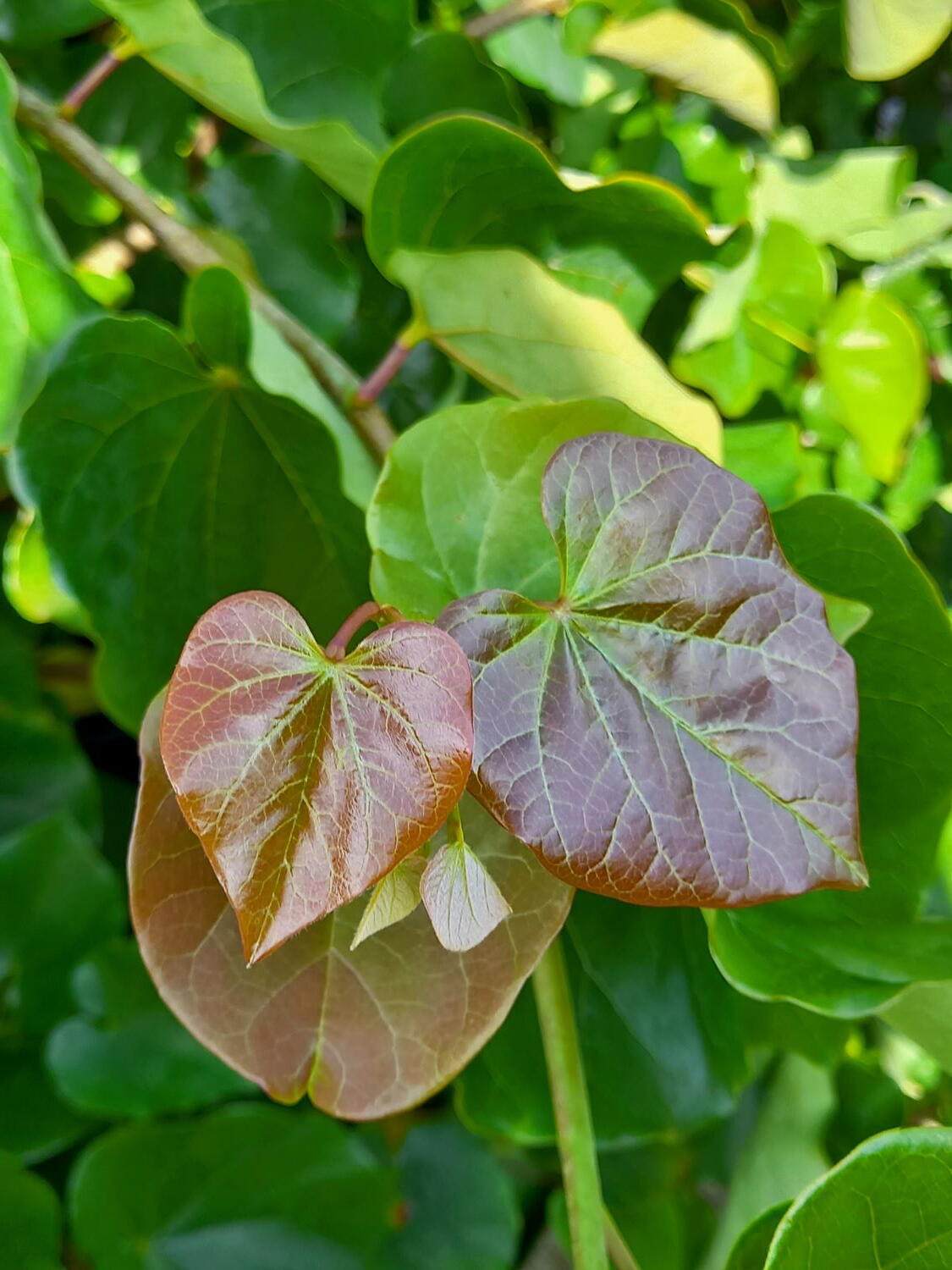Cercis Canadensis Pink Pom Poms Eastern Redbud for Sale UK
Cercis Canadensis ‘Pink Pom Poms’ Eastern RedbudThe Eastern Redbud 'Pink Pom Poms' (Cercis canadensis ‘Pink Pom Poms’) is a stunning deciduous ornamental small tree or garden shrub, prized for its unique double-flowered blooms and vibrant seasonal display. A hybrid of the USA Native Eastern Redbud, this small ornamental tree stands out with its abundant, rosy-pink, pom-pom-like blossoms that appear in early spring usually before the foliage emerges. Its compact size, coupled with striking floral and foliage characteristics, makes it a perfect addition to gardens and landscapes where year-round interest is desired.'Pink Pom Poms' boasts a rounded, vase-shaped canopy with multiple trunks or a single central leader, depending on how it's pruned. The standout feature of this cultivar is its dense clusters of double pink flowers, resembling small pom-poms, which cover the bare branches in early spring. These long-lasting blooms create a breathtaking floral display, attracting pollinators such as bees and butterflies. After flowering, heart-shaped, deep green leaves emerge, providing a lush backdrop throughout the growing season. In autumn, the foliage transitions to shades of yellow, adding another layer of seasonal beauty with stunning autumn colour. Unlike other redbud varieties, 'Pink Pom Poms' is sterile, meaning it does not produce seed pods, allowing the focus to remain on its ornamental features.How Hardy is Cercis Canadensis Pink Pom Poms:The Eastern Redbud Pink Pom Poms is hardy in most places throughout the UK down to Minus 15. It is resilient to both cold winters and hot summers when provided with proper care.Height and Spread of Cercis Canadensis Pink Pom Poms:At maturity, Eastern Redbud Pink Pom Poms reaches a height of 4.5 to 6 meters (15 to 20 feet) with a similar spread, forming a broad, rounded silhouette. Its moderate growth rate makes it manageable for both small and large landscapes.How To Use Cercis Canadensis Pink Pom Poms:This ornamental tree or shrub is ideal as a specimen plant, where its striking floral display can be showcased. It works beautifully in mixed borders, cottage gardens, or as an understory tree in woodland settings. Its compact size also makes it suitable for urban gardens, patios, and even large containers. The absence of seed pods ensures a cleaner appearance, enhancing its appeal in formal landscapes.How To Care For Cercis Canadensis Pink Pom Poms:Plant Eastern Redbud Pink Pom Poms in full sun to partial shade for optimal flowering. It prefers well-drained, moderately fertile soils but adapts to a range of soil types. Regular watering is important, especially during dry periods and the establishment phase. Apply mulch to retain soil moisture and regulate temperature. Minimal pruning is required, typically done after flowering to maintain shape and remove any dead or crossing branches. This cultivar has good disease resistance, though it’s wise to monitor for common redbud issues like canker or leaf spot.
